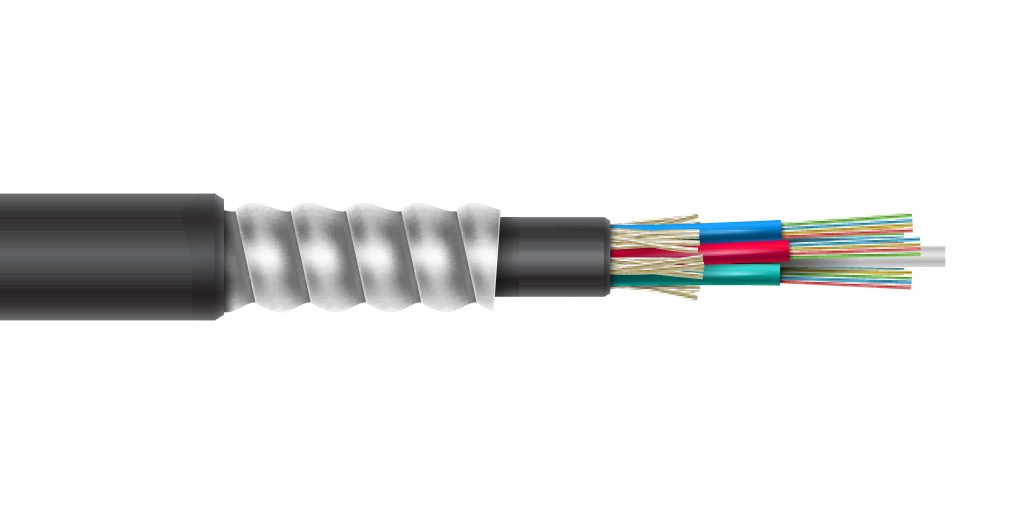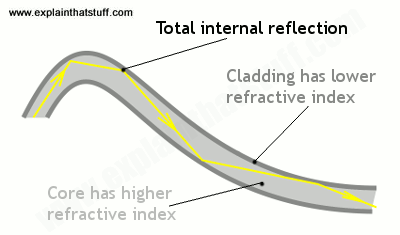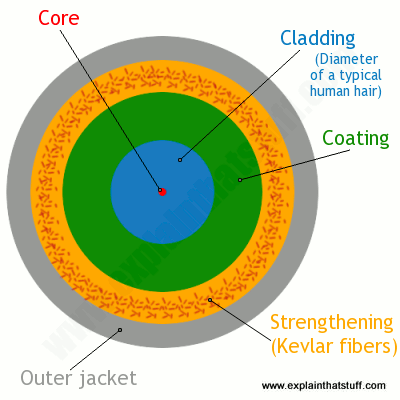How Fiber-Optic Internet Works
November 19th, 2020

What are Fiber Optics?
Fiber optic cables were originally developed in the 1950s for endoscopes (a medical device used by doctors to look inside the body). In the 1960s, telephone engineers found a way to utilize the technology to transmit and receive phone calls at the speed of light. [i] Now, fiber optic Internet is delivered through fiber optic cables that can transfer data at the speed of light. Because they utilize light to transmit information, fiber optic cables are the fastest communication technology on the planet.
Optic fibers are hair-thin, flexible strands of glass through which light beams can travel. The strand functions as a waveguide, or “light pipe” to transmit light between the two ends of the fiber. The incumbent telecom providers rely, at least in part, on copper wire technology, which limits their ability to provide faster speeds.
How Fiber Optics works

Light beams travel through fiber optic cables by bouncing off the walls of the cable repeatedly with internal mirror-like reflection. [i] If light hits glass at a certain angle (less than 42 degrees), it will reflect back again. This is called total internal reflection. The structure of the cable keeps the light inside of the pipe.

The cable is made up of 5 different parts: the core (that’s the part that the light travels through) and the cladding (a layer of glass wrapped around the outside of the core). The cladding keeps the light signals inside the core of the cable because it’s made of a different type of glass than the core and because the cladding has a lower refractive index.) [x] The core is covered by a protective coating and layer of Kevlar fibers for strengthening then covered by an outer jacket.
Our friends at Snazzy Labs made a video that explains how fiber works and how we connect your home to our ultra-fast network. Check it out for a more in-depth look into how fiber optic cables work.
Why Fiber Optics Works
- Speed: With fiber-optic technology, you can access the fastest speeds in the nation. And, you’ll get symmetrical speeds for upload and download.
- Reliability: Fiber connections allow you to stream uninterrupted with very little downtime, no matter how many devices you have connected. UTOPIA Fiber maintains and builds our network for maximum uptime and uses backup generators to ensure that we rarely, if ever, have network outages.
- Future Proof: Fiber optics can handle immense amounts of data, which means it can power applications we haven’t even thought of yet.
If you have any questions, reach out to us at communications@utopiafiber.com. We’re always eager to chat with you!
